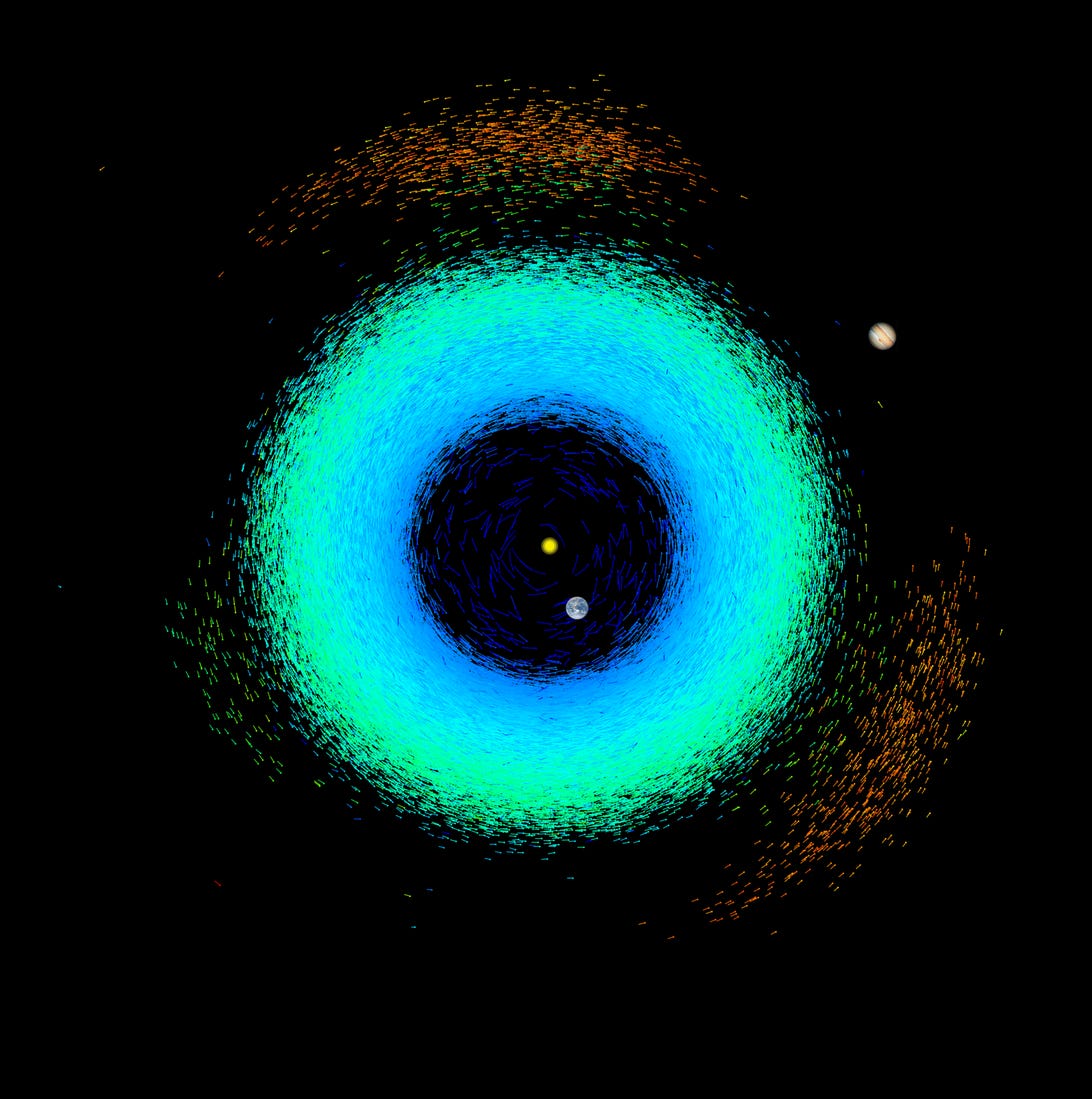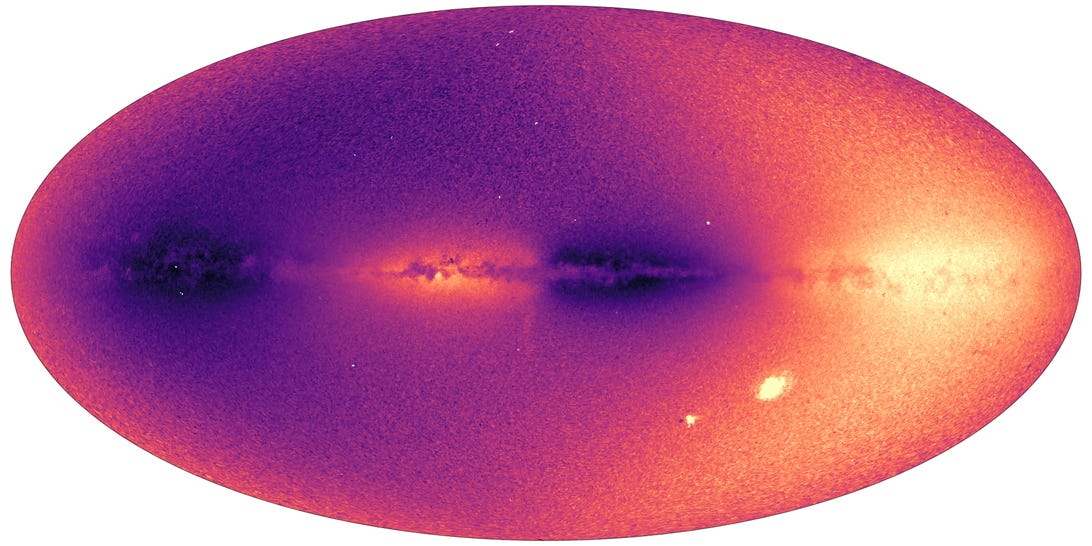Building the Ultimate Milky Way Map: Here’s What Scientists Have So Far
Beyond the realm of mind-blowing spaceflight, groundbreaking satellites and stunning moon landings, the European Space Agency is focused on one crucial quest. It is simply to “create the most accurate and complete multidimensional map of the Milky Way.”
The ambitious endeavor is called Gaia, and for the last several years, ESA has been steadily making strong progress on the dream. Scientists of the collaboration have collected tons of spectacular data about the over 1 billion stars throughout our galaxy, recording every juicy detail along the way.
And on Monday, the team reached a massive checkpoint for the project.
Lucky for us, it also released some remarkable visuals that encompass the treasure box of cosmic secrets gathered so far. This particular milestone is formally referred to as Gaia data release 3 — and importantly, it’s one that ESA says is the “most detailed Milky Way survey to date.”
In this dataset, not only can you see thousands of solar system objects like asteroids, moons and other celestial marvels within our galaxy, but you can also peruse millions of galaxies and phenomena outside the Milky Way.

The position of each asteroid at 12:00 CEST on June 13, 2022, is plotted. Blue represents the inner part of the solar system, where the near-Earth asteroids, Mars crossers and terrestrial planets are. The main belt, between Mars and Jupiter, is green. The two orange “clouds” correspond to the Trojan asteroids of Jupiter.
P. Tanga (Observatoire de la Côte d’Azur)
When you look at the stats of this survey, it really is jaw-dropping. This new wealth of galactic intelligence includes some 6.6 million quasar candidates with redshift estimates, aka the extremely bright jets that power supermassive black holes, and probably their precise locations. It boasts 4.8 million galaxy candidates, about 813,000 multistar systems, 2.3 million hot stars and so much more.
“Gaia is a survey mission. This means that while surveying the entire sky with billions of stars multiple times, Gaia is bound to make discoveries that other more dedicated missions would miss,” Timo Prusti, project scientist for Gaia at ESA, said in a statement.

The Large and Small Magellanic Clouds appear as bright spots in the lower right corner of the image. The Sagittarius dwarf galaxy is visible as a faint quasi-vertical stripe below the galactic center.
ESA/Gaia/DPAC/CU6, D. Katz, N. Leclerc, P. Sartoretti and the CU6 team.
A few interstellar surprises
According to…
Read More: Building the Ultimate Milky Way Map: Here’s What Scientists Have So Far
